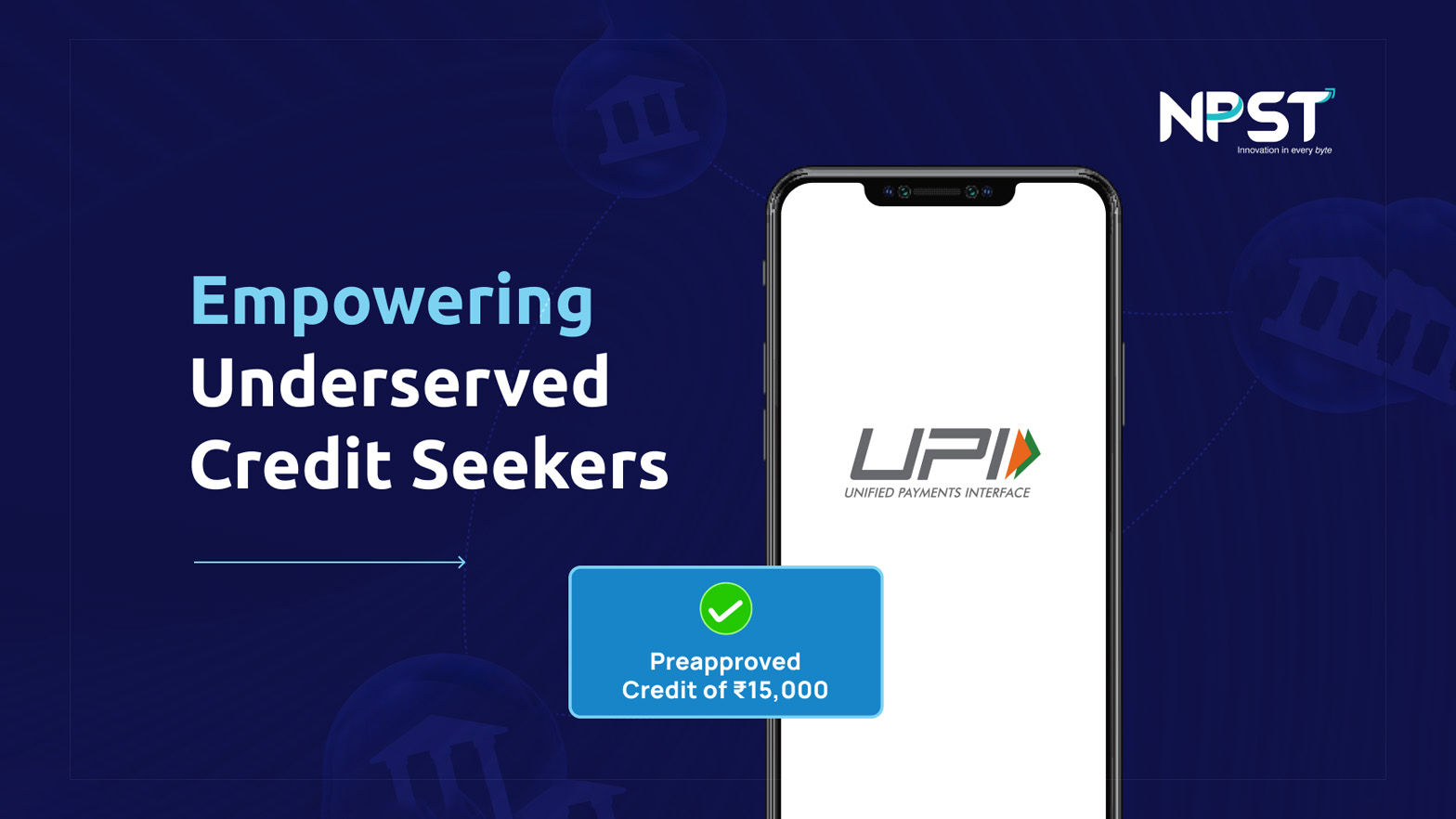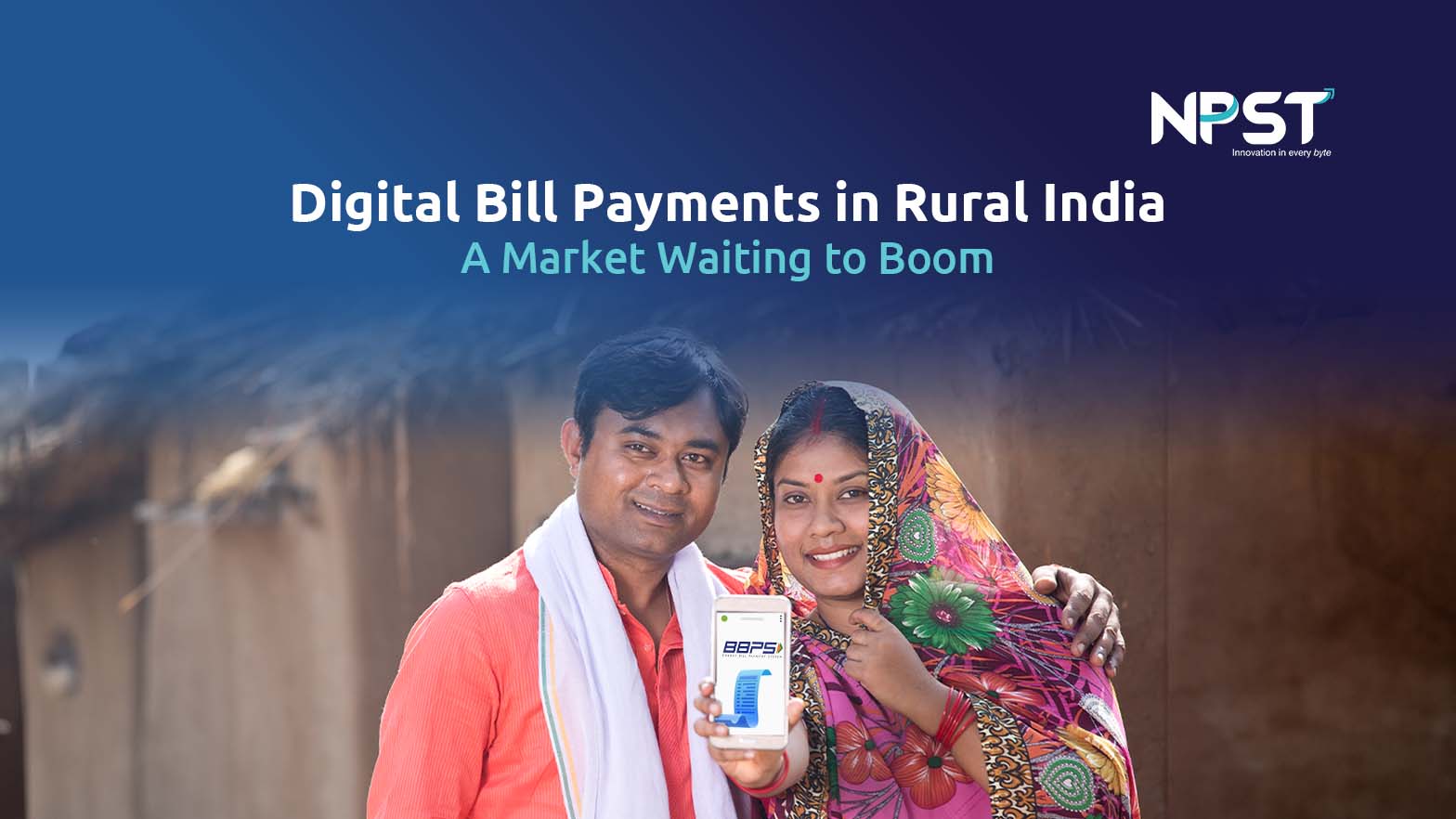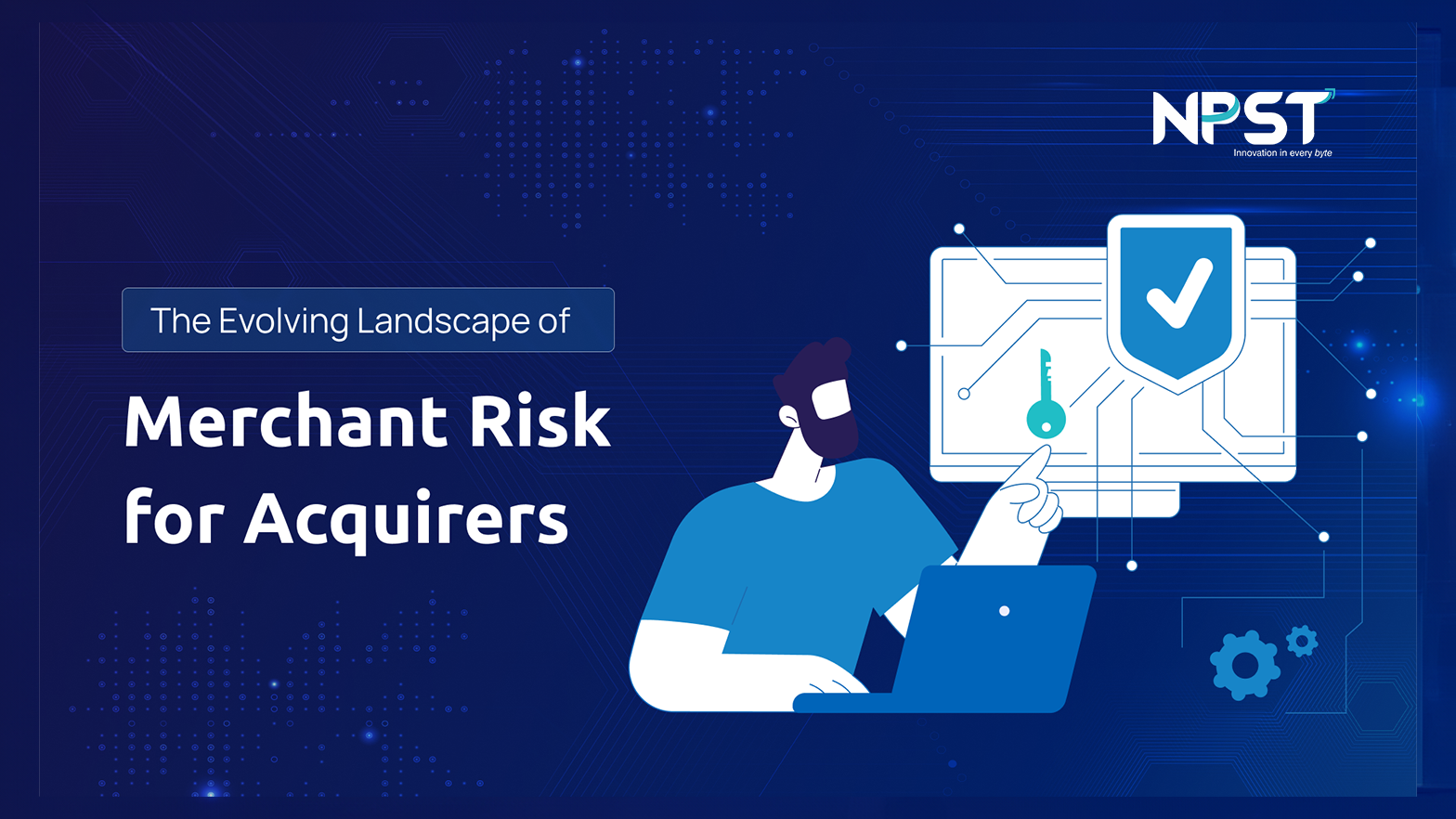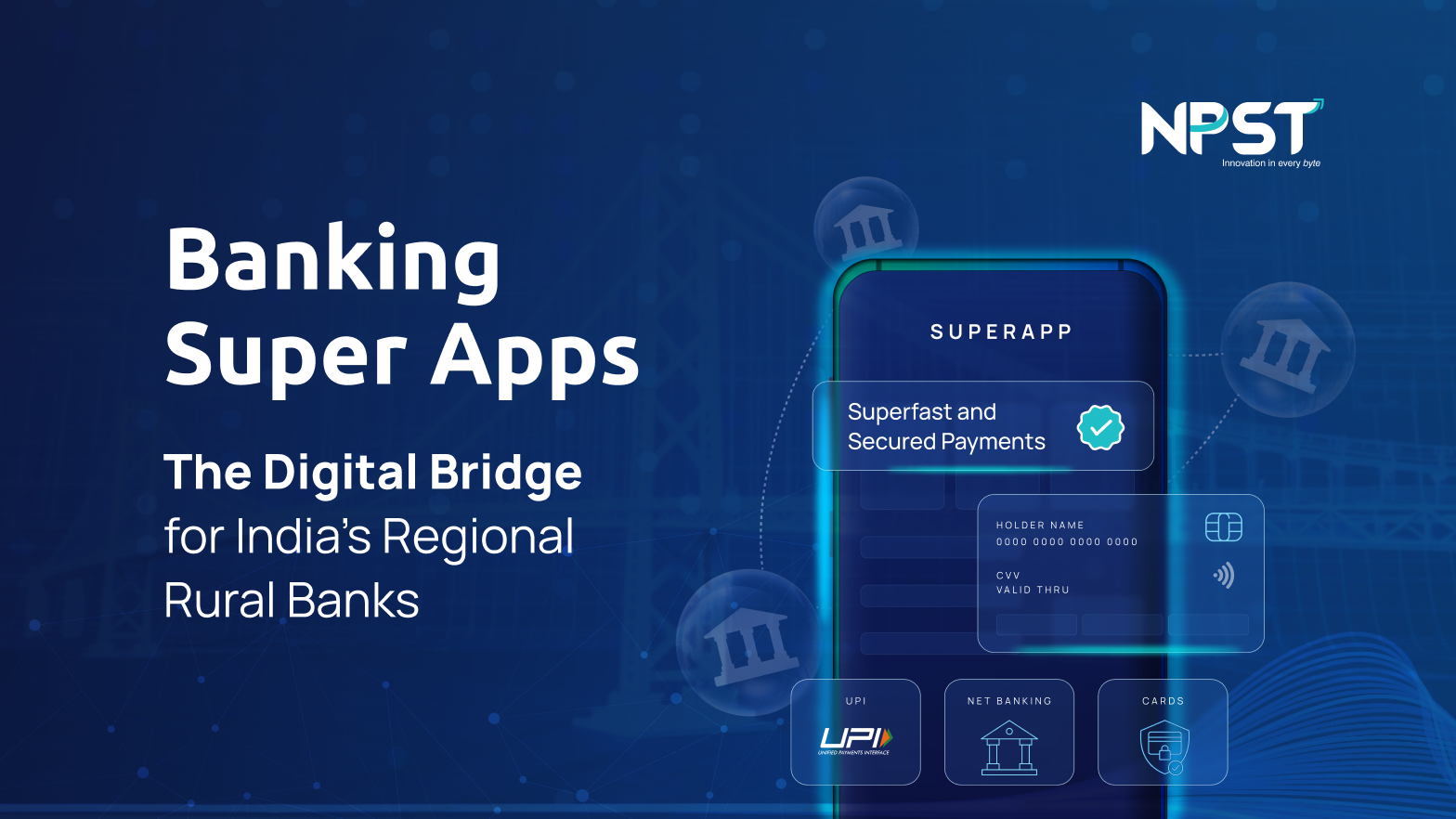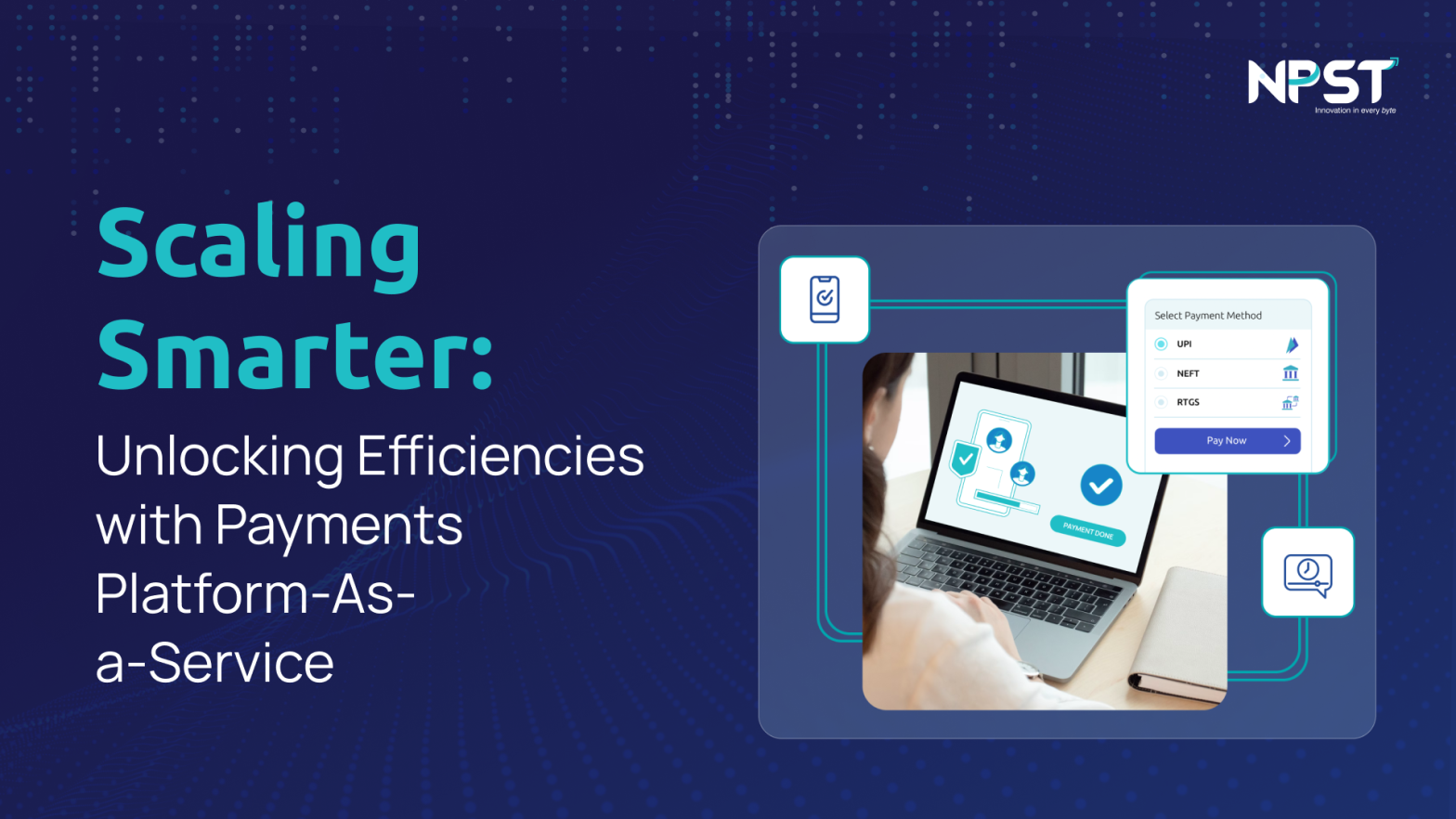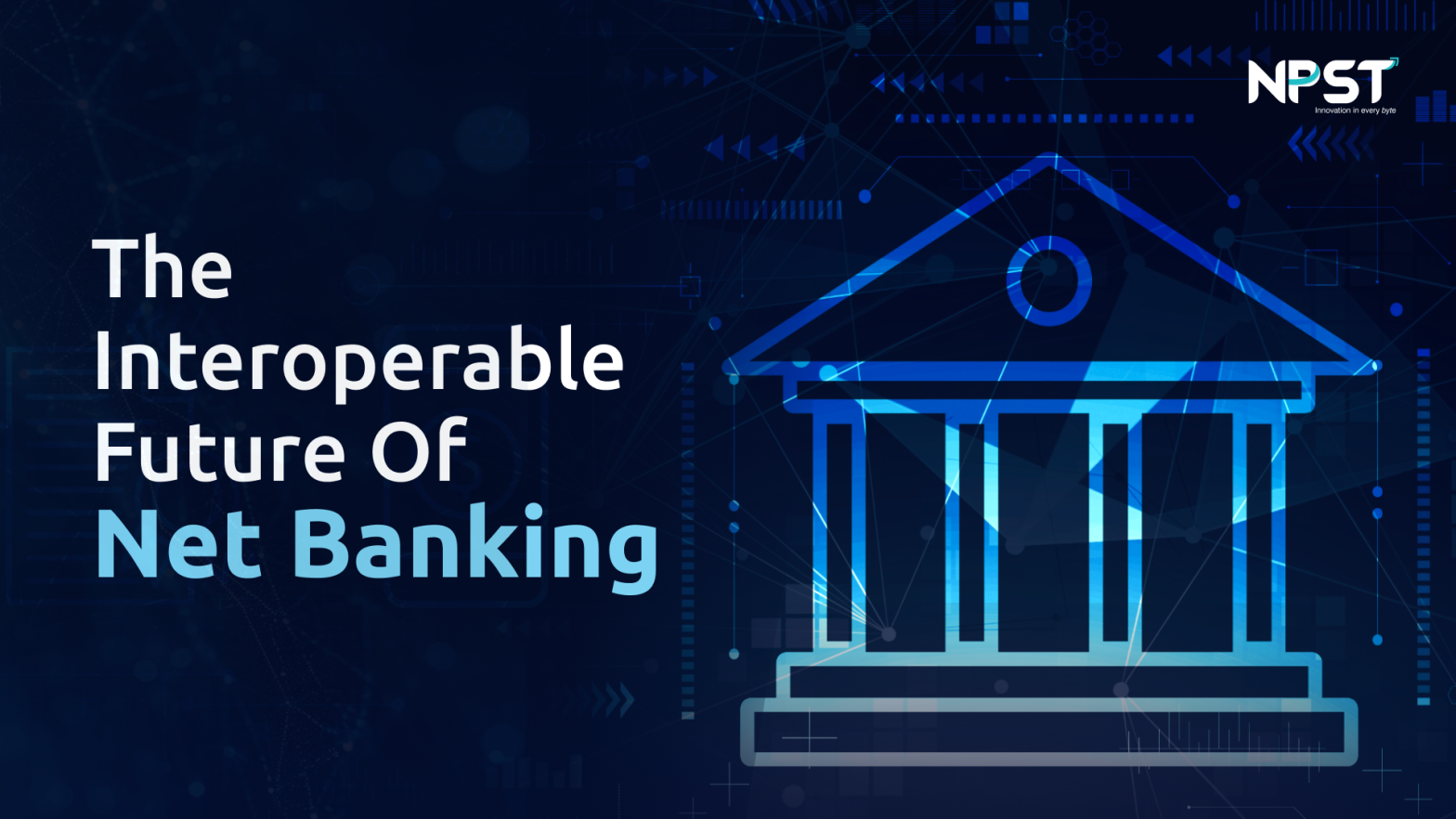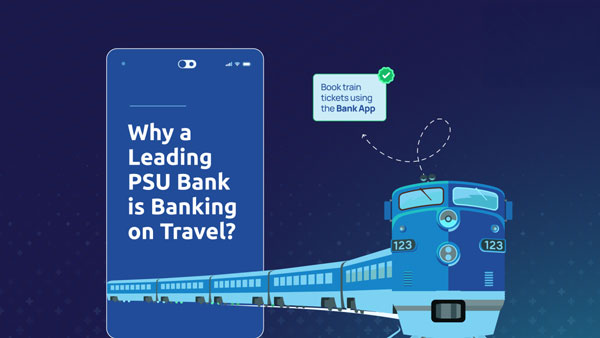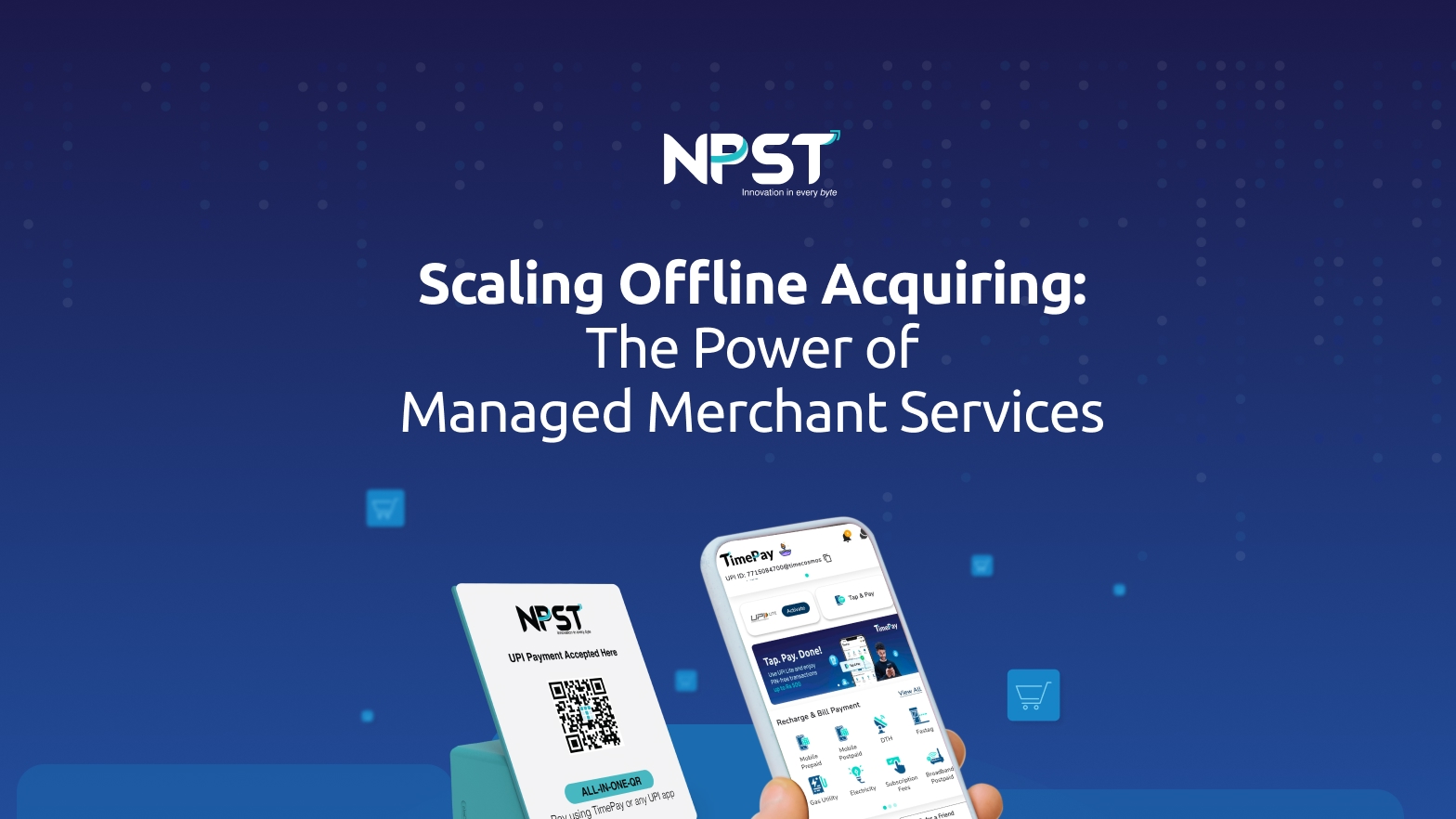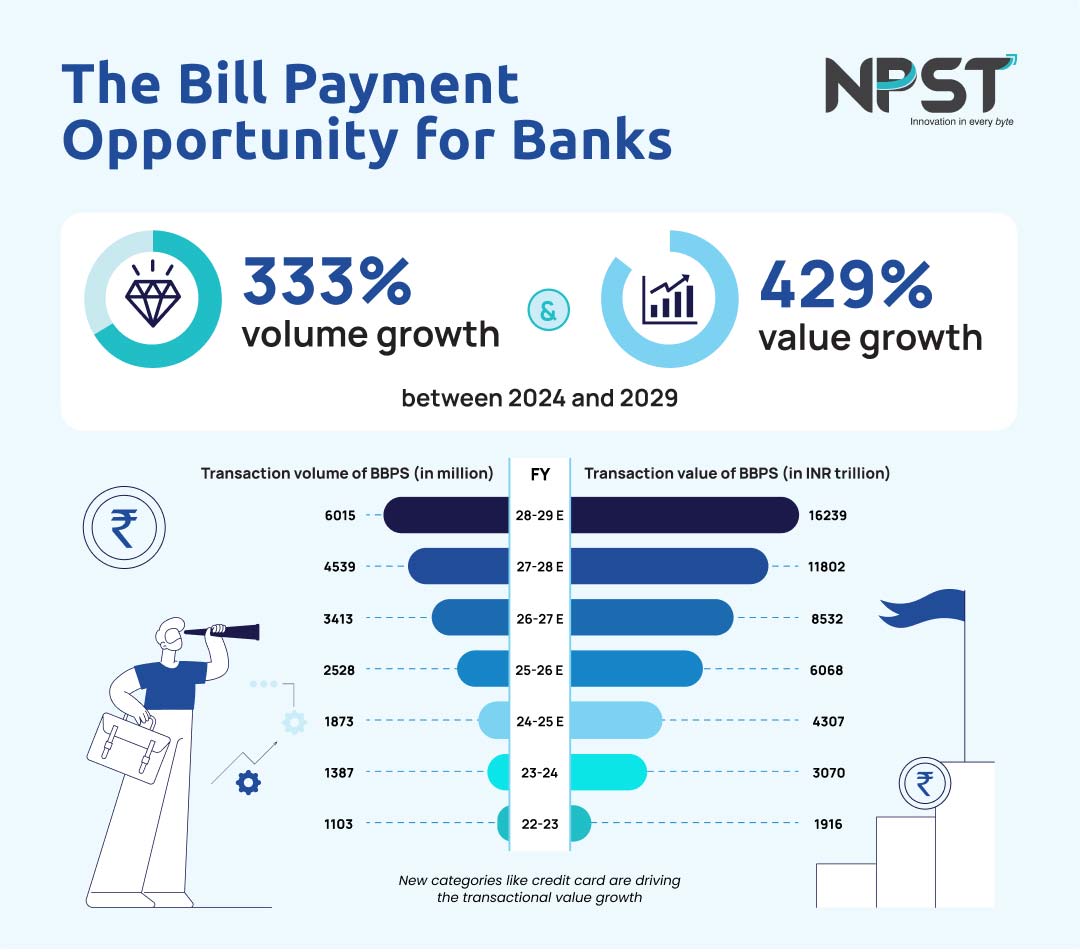The mantra driving every retail bank today is simple: “Consumer, Consumer, and only Consumer.” UPI’s unprecedented success across India—from the bustling urban centres to the most remote rural areas—has cemented its place as the country’s preferred payment method, now accounting for over 90% of all digital transactions. . Initially designed for real-time account-to-account transfers, UPI has since expanded to support prepaid cards, credit cards, digital wallets, and mandates, reshaping India’s payment landscape.
As UPI transitions into a critical facilitator of person-to-merchant (P2M) transactions, banks have been quick to launch innovative value-added services. However, a critical gap remains in the back-end infrastructure. Many banks still rely on first-generation UPI switches—some of which are over a decade old. Although these systems were efficient when first implemented, they now struggle to meet the demands of modern banking, leading to slower processing times, system failures, and scalability issues that hinder the seamless, real-time experiences consumers expect.
Beyond meeting customer demands, governments and regulatory bodies are imposing stricter compliance and operational standards, making it essential for banks to modernize their back-end infrastructure. Outdated systems are no longer capable of meeting these growing expectations.
The urgency is clear: banks that ignore infrastructure modernization face significant risks to their competitiveness, reputation, and regulatory compliance.
Challenges Posed by Legacy Infrastructure
While first-generation UPI switches were suitable at the time of their implementation, they now present multiple obstacles for banks striving to keep up with the evolving payment landscape.
Limited Scalability
UPI recently set a record by processing over 15 billion transactions, with an average daily transaction count exceeding 500 million in September. As transaction volumes surge, banks relying on legacy UPI switches experience growing outages and unplanned downtime, directly impacting the seamless, real-time experiences that consumers demand, and impacting reputation and revenue.
UPI recently set a record by processing over 15 billion transactions, with an average daily transaction count exceeding 500 million in September. As transaction volumes surge, banks relying on legacy UPI switches experience growing outages and unplanned downtime, directly impacting the seamless, real-time experiences that consumers demand, and impacting reputation and revenue.
Prolonged Implementation Cycles
The outdated architecture of first-generation UPI switches also hampers innovation. in a world where real-time payments and instant digital experiences integrated into digital consumer journeys are the standard, legacy infrastructure is ill-equipped to keep pace with shrinking innovation windows. The rigid, inflexible nature of these systems slows down implementation cycles, often taking up to 12 to 18 weeks to integrate new features. Banks are essentially patching up their legacy systems to handle tasks they weren’t originally designed for, and the approach is proving unsustainable as the payments ecosystem evolves.
The outdated architecture of first-generation UPI switches also hampers innovation. in a world where real-time payments and instant digital experiences integrated into digital consumer journeys are the standard, legacy infrastructure is ill-equipped to keep pace with shrinking innovation windows. The rigid, inflexible nature of these systems slows down implementation cycles, often taking up to 12 to 18 weeks to integrate new features. Banks are essentially patching up their legacy systems to handle tasks they weren’t originally designed for, and the approach is proving unsustainable as the payments ecosystem evolves.
New Services Integration
Integration has become a growing challenge as well. With UPI expanding to include instruments and channels such as prepaid cards, wallets, and wearables, ensuring backward compatibility without disrupting existing services or compromising security requires deep technical expertise. As an example, the rise of IoT-enabled payment devices—such as connected cars, smartwatches, and home assistants—adds another layer of complexity. First-generation switches were not designed with these channels in mind, and can impede growth.
Integration has become a growing challenge as well. With UPI expanding to include instruments and channels such as prepaid cards, wallets, and wearables, ensuring backward compatibility without disrupting existing services or compromising security requires deep technical expertise. As an example, the rise of IoT-enabled payment devices—such as connected cars, smartwatches, and home assistants—adds another layer of complexity. First-generation switches were not designed with these channels in mind, and can impede growth.
High Maintenance Costs
First-generation technology, once considered cutting-edge, is now holding banks back. Rather than fostering innovation, these systems demand constant maintenance, increasing operational costs. Paying down technical debt is deferred to a later time, and as technical debt increases, so does the effort and costs to add enhancements. The cycle not only stifles progress but also diverts resources away from critical initiatives that could improve customer experience and competitiveness in the fast-evolving digital payments landscape.
First-generation technology, once considered cutting-edge, is now holding banks back. Rather than fostering innovation, these systems demand constant maintenance, increasing operational costs. Paying down technical debt is deferred to a later time, and as technical debt increases, so does the effort and costs to add enhancements. The cycle not only stifles progress but also diverts resources away from critical initiatives that could improve customer experience and competitiveness in the fast-evolving digital payments landscape.
Security Risks
Today’s sophisticated fraud threats require advanced prevention mechanisms that many legacy UPI switches simply cannot support. This puts banks at greater risk and challenges their ability to ensure customer protection.
Today’s sophisticated fraud threats require advanced prevention mechanisms that many legacy UPI switches simply cannot support. This puts banks at greater risk and challenges their ability to ensure customer protection.
Regulatory Pressure
Regulatory pressures are also increasing. While the European Union’s Digital Operational Resilience Act (DORA) is not directly applicable in India, its emphasis on system resilience and security echoes global trend. India’s regulatory landscape is also becoming more stringent, with banks now required to report planned and unplanned system outages to the Central Bank Keeping up with evolving performance standards while managing infrastructure costs is a major challenge for banks dependent on legacy systems.
Emerging demands require banks to upgrade to modern architecture. While banks recognize the need to modernize their UPI switches to meet evolving needs, a complete overhaul of the switch is often not viable due to the sheer scale and criticality of the system. Many banks are trapped between the risk of moving and the risk of staying.
Regulatory pressures are also increasing. While the European Union’s Digital Operational Resilience Act (DORA) is not directly applicable in India, its emphasis on system resilience and security echoes global trend. India’s regulatory landscape is also becoming more stringent, with banks now required to report planned and unplanned system outages to the Central Bank Keeping up with evolving performance standards while managing infrastructure costs is a major challenge for banks dependent on legacy systems.
Emerging demands require banks to upgrade to modern architecture. While banks recognize the need to modernize their UPI switches to meet evolving needs, a complete overhaul of the switch is often not viable due to the sheer scale and criticality of the system. Many banks are trapped between the risk of moving and the risk of staying.
The Path Forward: A Multi-Switch Model for Agility
Given the challenges of a full system overhaul, banks can benefit from adopting a multi-switch model. The rapid advancement of UPI often exceeds the capabilities of any single Technology Service Provider (TSP) to deliver timely solutions.
A multi-switch approach integrates a next-generation switch alongside legacy systems, allowing banks to be more agile and prioritize their business needs, whether launching new products or improving technical capabilities.
Modular Systems and Scalability
Modern switches, like NPST’s UPI Switch, leverage modular architecture with plug-and-play features, boosting both flexibility and scalability. This next-generation system enables banks to enhance existing transaction processing and deploy channel-specific switches for various needs, including IFSC for account-based transactions, PPI for payment wallets, credit card processing, and credit line management. For example, small finance banks can use a dedicated switch to manage credit lines, allowing them to offer personalized credit products. Meanwhile, payment banks benefit from a Prepaid Payment Instrument (PPI) switch for seamless wallet transactions, a key component of prepaid services.
Modern switches, like NPST’s UPI Switch, leverage modular architecture with plug-and-play features, boosting both flexibility and scalability. This next-generation system enables banks to enhance existing transaction processing and deploy channel-specific switches for various needs, including IFSC for account-based transactions, PPI for payment wallets, credit card processing, and credit line management. For example, small finance banks can use a dedicated switch to manage credit lines, allowing them to offer personalized credit products. Meanwhile, payment banks benefit from a Prepaid Payment Instrument (PPI) switch for seamless wallet transactions, a key component of prepaid services.
Scaling Through Microservices
Modernization entails a shift from traditional monolithic architectures to modular frameworks, utilizing self-contained code blocks and microservices. By structuring systems with replaceable modules and leveraging APIs extensively, the architecture enables rapid iteration and faster deployment of new features without compromising the stability of the existing codebase.
The implementation of containerization and microservices further improves scalability, as each microservice operates independently. This independence allows specific services to be deployed, updated, and scaled individually based on demand, rather than requiring the entire application to scale.
Moreover, opting for NoSQL databases over traditional SQL databases for certain modules can significantly enhance performance, particularly in managing large, non-sequential datasets. NoSQL is especially suited for real-time transaction processing, as it can reconcile and process data in milliseconds. This makes it an excellent choice for high-volume payment platforms.
Modernization entails a shift from traditional monolithic architectures to modular frameworks, utilizing self-contained code blocks and microservices. By structuring systems with replaceable modules and leveraging APIs extensively, the architecture enables rapid iteration and faster deployment of new features without compromising the stability of the existing codebase.
The implementation of containerization and microservices further improves scalability, as each microservice operates independently. This independence allows specific services to be deployed, updated, and scaled individually based on demand, rather than requiring the entire application to scale.
Moreover, opting for NoSQL databases over traditional SQL databases for certain modules can significantly enhance performance, particularly in managing large, non-sequential datasets. NoSQL is especially suited for real-time transaction processing, as it can reconcile and process data in milliseconds. This makes it an excellent choice for high-volume payment platforms.
Evolve With Consumer Demands
Payment innovations such as eRUPI, credit lines on UPI, and emerging commerce channels including IoT form the foundation of next-generation payments. This catalog of services reflects evolving client demands and necessitates constant functional updates and enhancements in payment systems.
Consumers today expect seamless and innovative experiences, such as paying for fuel with a simple command to a virtual assistant in their car. New-generation switches are designed to be highly versatile, enabling the rapid integration of new functionalities. This adaptability allows payment systems to deliver the innovative services that modern consumers demand, ensuring they remain competitive in an ever-evolving digital landscape.
Payment innovations such as eRUPI, credit lines on UPI, and emerging commerce channels including IoT form the foundation of next-generation payments. This catalog of services reflects evolving client demands and necessitates constant functional updates and enhancements in payment systems.
Consumers today expect seamless and innovative experiences, such as paying for fuel with a simple command to a virtual assistant in their car. New-generation switches are designed to be highly versatile, enabling the rapid integration of new functionalities. This adaptability allows payment systems to deliver the innovative services that modern consumers demand, ensuring they remain competitive in an ever-evolving digital landscape.
Safeguard Payments
The speed of real-time payments makes it an attractive attack vector for criminals. According to data shared by the Delhi Police, 25,924 UPI-related complaints were filed on the National Cyber Crime Portal by June this year alone. Given this alarming trend, payment systems need to incorporate robust fraud detection mechanisms.
New-generation switches offer built-in fraud detection functionality, enabling banks to flag suspicious transactions in real-time. By embedding fraud detection rules directly into the system, these switches can monitor transactions continuously and mitigate potential threats as they occur, providing an added layer of security in the fast-paced digital payment environment.
The speed of real-time payments makes it an attractive attack vector for criminals. According to data shared by the Delhi Police, 25,924 UPI-related complaints were filed on the National Cyber Crime Portal by June this year alone. Given this alarming trend, payment systems need to incorporate robust fraud detection mechanisms.
New-generation switches offer built-in fraud detection functionality, enabling banks to flag suspicious transactions in real-time. By embedding fraud detection rules directly into the system, these switches can monitor transactions continuously and mitigate potential threats as they occur, providing an added layer of security in the fast-paced digital payment environment.
Assure Services Reliability
Given the high volume of UPI transactions, even a technical decline rate of less than 1% can result in substantial revenue and reputational losses. To mitigate this risk, first-generation switches are increasingly equipped with built-in artificial intelligence (AI) and machine learning (ML) capabilities. These advanced algorithms analyze extensive transactional and system records, allowing for the real-time identification and troubleshooting of potential issues.
Given the high volume of UPI transactions, even a technical decline rate of less than 1% can result in substantial revenue and reputational losses. To mitigate this risk, first-generation switches are increasingly equipped with built-in artificial intelligence (AI) and machine learning (ML) capabilities. These advanced algorithms analyze extensive transactional and system records, allowing for the real-time identification and troubleshooting of potential issues.
Payments Modernization Journey
A successful payments switch modernization effort involves a top-down and bottom-up approach, ensuring that modernization meets business and technology objectives.
Selecting the right technology partner is crucial for success. The ideal partner offers more than just technology; they provide a risk-mitigated approach that simplifies processes, optimizes resources, and ensures smooth implementation.
Technology service providers, such as NPST, leverage a Mission Control framework to effectively manage modernization by demonstrating:
Selecting the right technology partner is crucial for success. The ideal partner offers more than just technology; they provide a risk-mitigated approach that simplifies processes, optimizes resources, and ensures smooth implementation.
Technology service providers, such as NPST, leverage a Mission Control framework to effectively manage modernization by demonstrating:
- Conducting an Infrastructure Assessment: Engage NPST to evaluate the bank’s current UPI systems. We leverage our domain Know-how to map critical dependencies and ensure seamless integration with banking and central payment systems. Our in-house solutions, coupled with an expansive partner ecosystem for fraud prevention and anti-money laundering (AML), reflect a deep understanding of system interdependencies, which streamlines the implementation process.
- Prioritize Modernization Initiatives: Collaborate with NPST to align technology roadmaps with business goals, ensuring modernization efforts remain focused and adaptable to future needs. NPST The strategic alignment capabilities guarantee that initiatives are in sync with regulatory standards and consumer demands, driving impactful results.
- Implement Agile Practices: Leverage NPST’s commitment to Delivery Excellence by applying best practices from previous implementations. NPST’s emphasis on enhancing speed and cost-efficiency, alongside ongoing technological support, empowers banks to respond swiftly to market changes and evolving consumer expectations.
In Conclusion
With the increasing adoption of the Unified Payments Interface (UPI) and the mounting pressure on existing infrastructure, inaction is no longer a viable option for banks. Failing to address these challenges will only widen the gap between them and their competitors, putting revenue streams at significant risk. However, with an experienced partner such as NPST, banks can effectively navigate this transition, transforming their infrastructure to enhance operational performance and improve customer satisfaction.
Contact us at sales@npstx.com to schedule a workshop on our new-age modular switch and discover how to modernize your payment infrastructure effectively.
Contact us at sales@npstx.com to schedule a workshop on our new-age modular switch and discover how to modernize your payment infrastructure effectively.
Explore More
We empower banks and payment aggregators to achieve success at every step of the transaction journey


